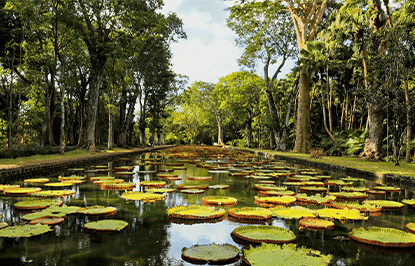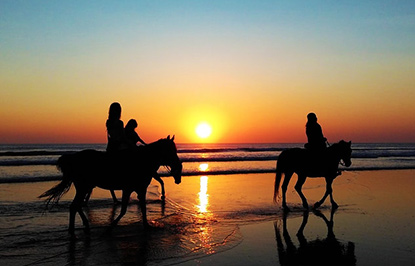Sega in Mauritius
The Sega is a dance which originated from the ritual music of Madagascar and the mainland of Africa, and it is the Musical Expression of the Mauritian Way of Life: Joy and Liveliness.
Originally sung by men and women who had been sold as slaves but whose souls had remained sensitive to music, the Sega is nowadays a folksong which has integrated itself within the framework of our folklore.
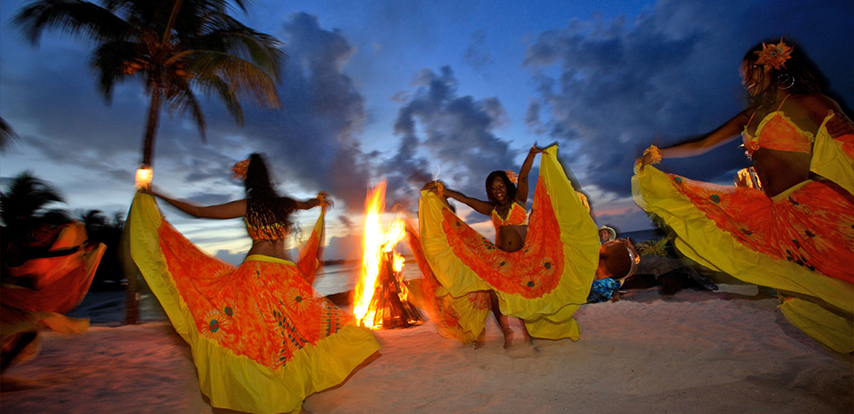
The Sega is usually sung in Creole (mother tongue of Mauritians). Many singers had thought of also bringing forward the English version of the Sega songs but later resolved not to proceed with it so as to preserve the uniqueness and cultural richness of the local music of Mauritius.
The original instruments are fast disappearing, making way for the more conventional orchestra ensemble. However, all along the coastal fishing villages, the traditional instruments such as the “Ravanne”, “Triangle”, the “Maravanne” and the traditional guitar are still being used.
Sega Music Instruments
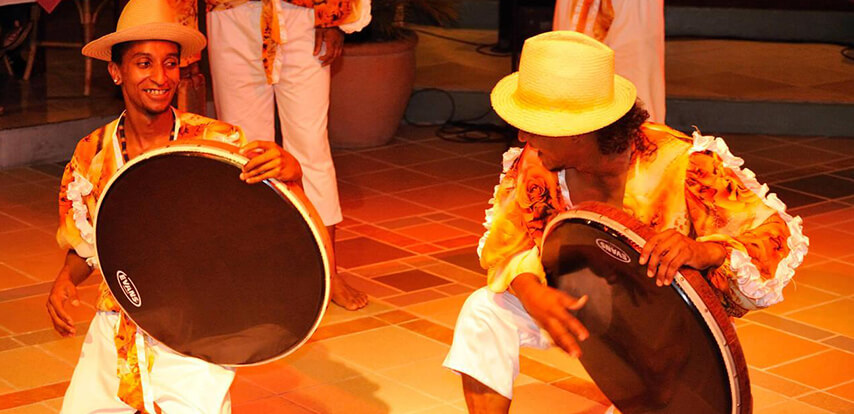
The Ravanne, which is a wooden hoop over which has been stretched a piece of goat skin. The Coco, (Maracas) which represents the percussion section
The “Triangle”, a triangular piece of metal which tinkles when tapped with an iron rod
The traditional guitar which was a single string instrument with an arc attached to an empty "Calebasse”
The “Maravanne” -wooden rectangular box containing sand or seeds
Ambiance of Sega
Traditionally stimulated and inspired by local rum, the fishing folks gather around a camp fire. Very often they dance without any music at all and are accompanied only by the sound of the” Ravanne”, the tinkling of spoons, the rattling of seeds/sand in a tin, and the clapping of hands of spectators who eventually join in .
The Sega Dance
The dance itself is the rhythmic swaying of the hips to the pulsating rhythm of the Ravanne. The following description will give you a vivid image of the Sega dance:
The man usually stands in the dancing area with hands on the hips waiting for the girl to shuffle towards him, wiggling, hip-balancing and waving a colorful handkerchief invitingly. Then the partners face each other with a waist-and-shoulder grasp and ... the improvisation starts.

It starts with a gentle swaying, to a slow and solemn tune, which gradually rises and you find the dancers swaying with animated movements to keep pace with the ever-increasing tempo.
The beat creeps inside you and as your body responds to the rhythm, you are carried to heights of ecstasy, generating a vibrating force that shakes the "lead" off your feet and inspires you to a high-spirited and free way of dancing.
Tiring perhaps, but exhilarating! Never mind if your movement does not follow the rhythm ... Simply carry on dancing and you will be amazed how rhythm and movements synchronize afterwards.
Do you want to dance Sega?
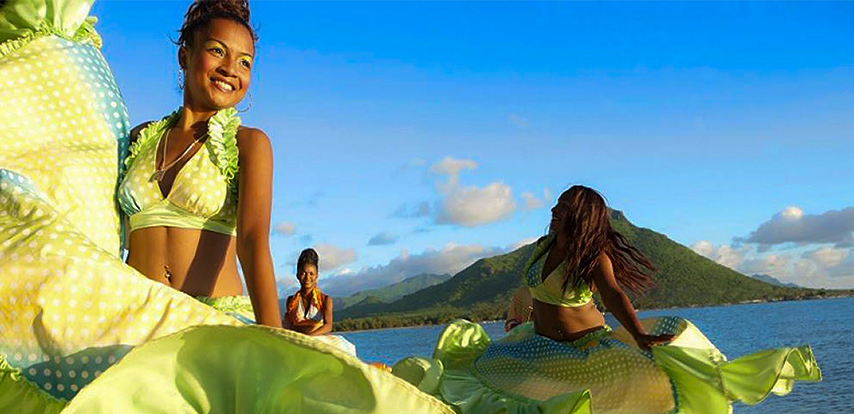
(i) Just let yourself go -- as long as you do not step on your partner's feet!
(ii) When you hear "En Bas! En Bas!" (Down, Down) bend your knees and lower your body gently downwards while swaying your hips to the rhythm
(iii) Women are not advised to wear mini-skirts. A colorful full- length patterned skirt and blouse is preferable
(iv) Men are free in their choice of costumes. Open-neck or bush shirt will do, but formal wear can be a handicap
Significance of Sega for Mauritians
The Sega is a cry from the soul trying to transcend the miseries and heartaches of life, while at the same time expressing the universal human desire for joy and happiness. It tells the joys and sorrows of the peasants and the fishing folks. It is a nostalgic heritage of the villagers. Its beats, gripping in intensity, now provide entertainment to Mauritians of all walks of life in towns and villages. Today the Sega and its beat are a part of every Mauritian's life.
If it happens to you to attend a Sega show and join in, you will definitely be enchanted and impressed!




































